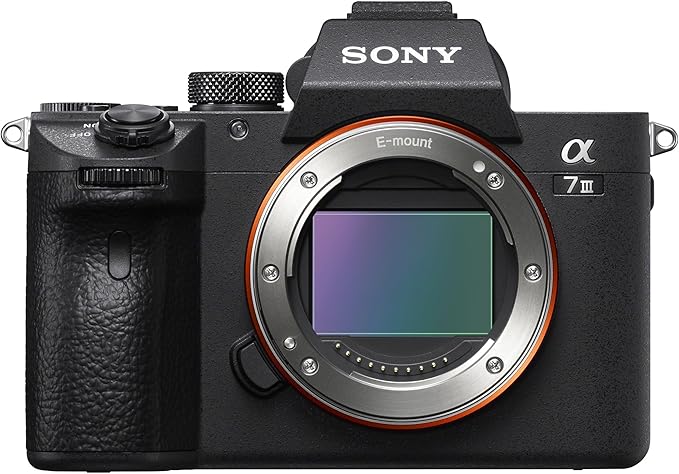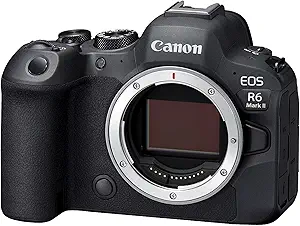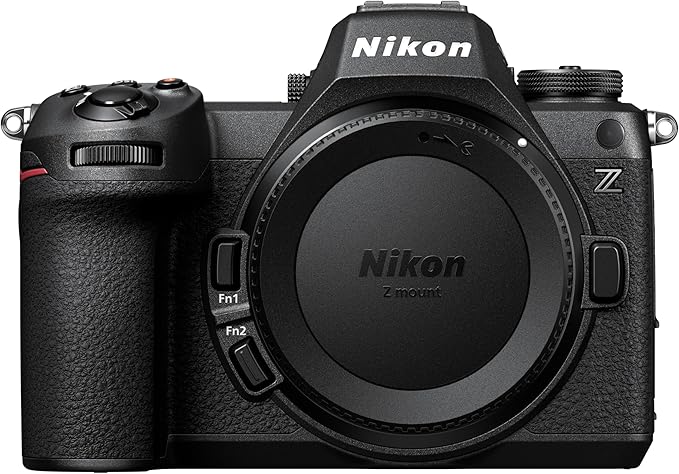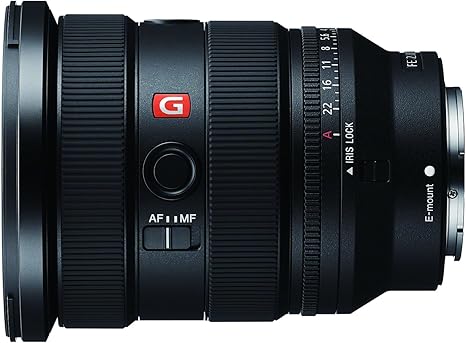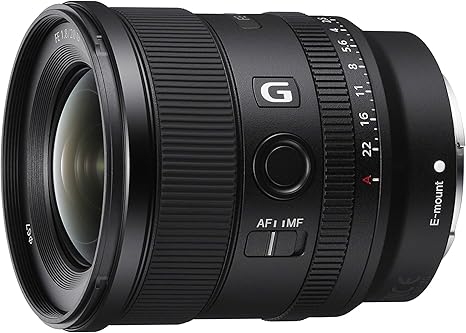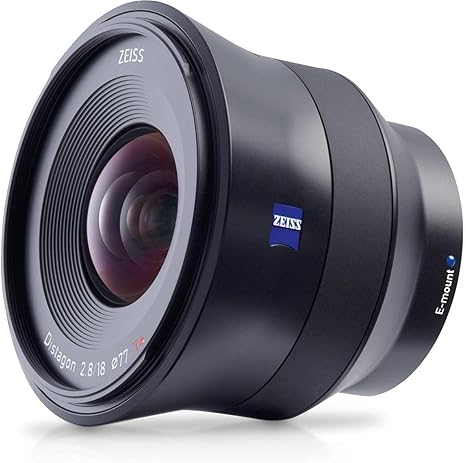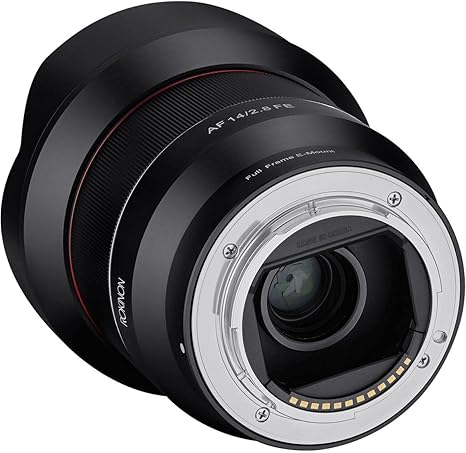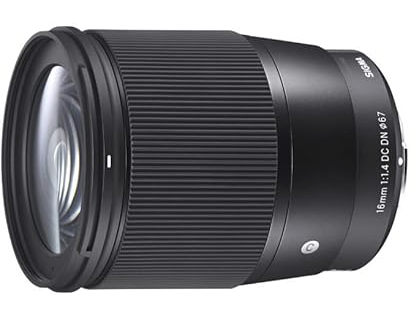The best aperture setting for northern lights
The best aperture setting for Northern Lights photography is typically a wide aperture, often the widest available on your lens (lowest f-number). An aperture setting of f/2.8 or lower is commonly recommended for capturing the vivid and ethereal display of the auroras. Here’s why a wide aperture is advantageous:
Maximizing Light Capture:
The primary purpose of using a wide aperture is to allow as much light as possible to reach the camera’s sensor. Northern Lights photography often occurs in low-light conditions, and a wide aperture helps capture the faint light emitted by the auroras, especially during the dark nights in polar regions.
Faster Shutter Speeds:
A wide aperture allows for faster shutter speeds, which is crucial when photographing the dynamic and ever-changing Northern Lights. Faster shutter speeds help freeze the movement of the auroras, preventing blurriness and capturing sharper details.
Reducing ISO Sensitivity:
With a wide aperture, you can achieve proper exposure at lower ISO settings. Lower ISO values result in less digital noise in your images, ensuring cleaner and higher-quality photographs.
Enhancing Bokeh and Depth of Field:
The use of a wide aperture can create a pleasing bokeh effect in the out-of-focus areas of your image, adding a sense of depth and emphasizing the main subject—the Northern Lights. Additionally, a wide aperture may provide a shallower depth of field, allowing you to focus on specific elements in the foreground.
Adapting to Changing Conditions:
The Northern Lights can vary in brightness and intensity throughout the display. A wide aperture allows for flexibility in adapting to changing conditions, providing the ability to quickly adjust exposure settings to capture both subtle and intense auroras.
While a wide aperture is generally recommended, it’s essential to consider other factors such as the specific lens you’re using, the desired composition, and the overall exposure triangle (aperture, shutter speed, and ISO). Experimenting with different aperture settings and monitoring the results on your camera’s LCD screen can help you find the optimal balance for capturing stunning Northern Lights photographs. Keep in mind that every shooting situation is unique, and adjustments may be necessary based on the specific conditions you encounter.

